Quest for the Video Nasty (Main Page)
“Material depicting the violent mutilation, torture, death and cannibalism of those involved has been found to have tendency to deprave and corrupt. Such scenes that are explicit and/or lingering can indicate to the viewer approval or encouragement of the behavior involved thereby normalizing the depraving or corrupting behaviors.”
The purpose of these video nasty posts is to not only discuss what the film is about but also to state my initially reaction to the film is, and why it was classified as a ‘Video Nasty.’ I had looked over the ‘Nasty’ guidelines and decided to break down the film into each of the five components. For my Video Nasty quest, this is the structure for how I will post the video nasties to Paradise of Horror.
Let Sleeping Corpses Lie (or as I know it by The Living Dead at Manchester Morgue) follows the story of two young British people who inadvertently become the suspects of a murder. The police chief of the town is so convinced that the two are the murderers that he denies anything that doesn’t support his pre-convinced mind, however it turns out that he is wrong. The people that were responsible for the murder are the walking dead who allegedly were re-animated after an experimental sound testing went wrong. Now the two youths (a young woman and a free-spirited hippie) must find a way to stop the living dead from taking over the town but also find a way to clear their name from the murder.
The first time I saw this it was in a class screening for a zombie course I took but I fell asleep about 10 minutes into it, which was a shame because I really wanted to watch it. After viewing it in it’s entirety I’ve come to enjoy it, even though it can be pretty slow paced and generally uneventful… it still keeps you on wondering what will happen next. I feel as though it’s more of a mystery thriller rather than horror, only because the climax is where you have the gore fest. The characters are unlikable but strangely you feel for their cause and you want them to win but what about the gore? Well, let’s look at the video nasty criteria.
- Who is the perpetrator and what is their reaction?
The perpetrators in this film are the zombies, since they have been raised after ultra-sonic sounds jump-started their dead brains. They are seem to be angry that they have been disturbed so they go on a brutal and bloody rampage throughout the countryside killing all the people in their way. They are mindless so there is some level of sympathy for them.
- Who is the victim and what is their reaction?
There are many victims throughout the film but the main victims seem to be Edna and George since they are the ones that are wrongfully accused and pursued by the undead. They’re reactions seem to be frightened, confused, stressed and terrified out of their mind. Being in this situation made Edna a typical damsel in distress whereas George became more driven, no-nonsense and always ends up saving Edna’s ass.
- How is the violence inflicted and in what circumstances?
The violence is inflicted by the only possible way in a zombie film, groups of zombies devouring the flesh of the living. They dig into the victim’s stomach pulling out their organs and consuming them, they squeeze their heads, they surprise attack their victims only to ear their skin and in one case a zombie strangles a man to death. Aside from the cannibalism, there are scenes depicting zombies being burnt to death and shot at in effort to survive their attacks.
- How explicit, prolonged and realistic are the scenes?
The graphic scenes of blood and gore are pretty explicit since it does show the zombies eating organs, doused in blood, casually. There are several times where the zombie are pulling apart their victim’s stomachs in which streams of blood flow out from their hands. However, the entire film is not a bloodbath because overall it was rare to see anything graphic until the very end of the film. Though they seemed pretty realistic, a lot of the ‘pulling apart’ scenes were cut before the entire scene turned into a total bloodbath. Showing the zombies eating the organs was covered extensively.
- Is the violence justifiable in the context of the film?
Though the cannibalism may seem sporadic, it adds to the horror of the film and it wouldn’t be a zombie film without it so it would be justifiable. At times it felt like the director just wanted to gross out the audience but who wouldn’t want to try that? Then that always raises the question, “why make a zombie film?” The answer is because it was more than just a splatter flick, but rather social commentary. The film wasn’t chuck-full of gore and vivisection… it used the scenes wisely.
So is this film a ‘video nasty’ by the violence alone? I don’t think it should have been considering that the violence and gore was seldom save for the film’s climax. I’m sure there are much worse films out there that depicted gore and bloodshed, in fact, half way into the film I had to make sure that this was a ‘video nasty’ because up to that point I only saw a zombie get hit with a rock. I could see where one might consider it too graphic (ex: showing the zombies take delight in eating somebody’s liver) but it was a 2-minute scene. Overall, it was a fun and entertaining watch with some really bad acting/voice dubs but not 100% deserving of the ‘video nasty’ title.




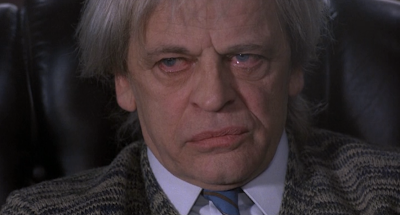


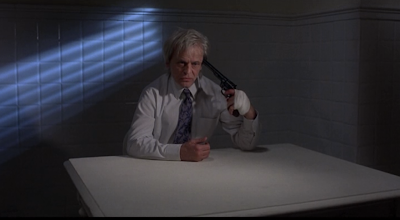

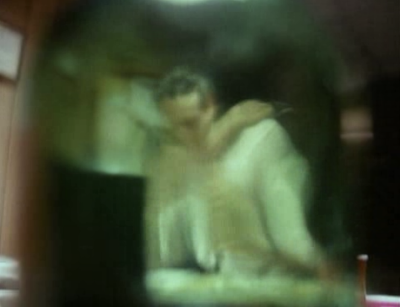


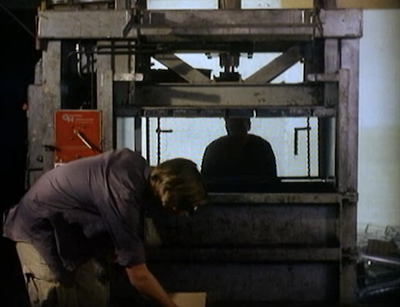


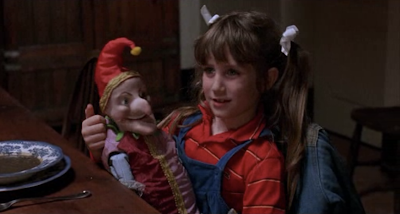

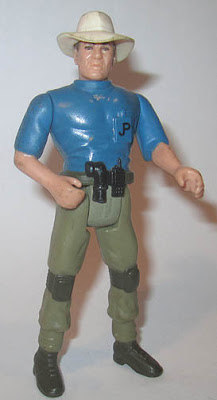
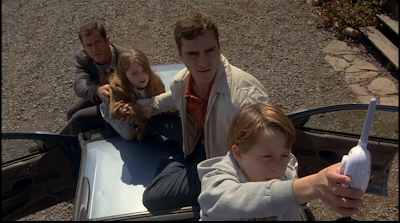


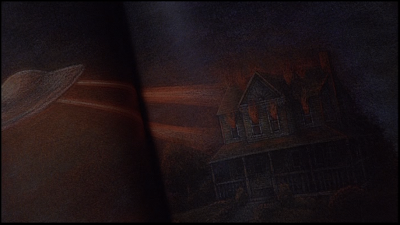


























 HauntedHouseChicago.com - Chicago’s Online Halloween Headquarters
HauntedHouseChicago.com - Chicago’s Online Halloween Headquarters

















